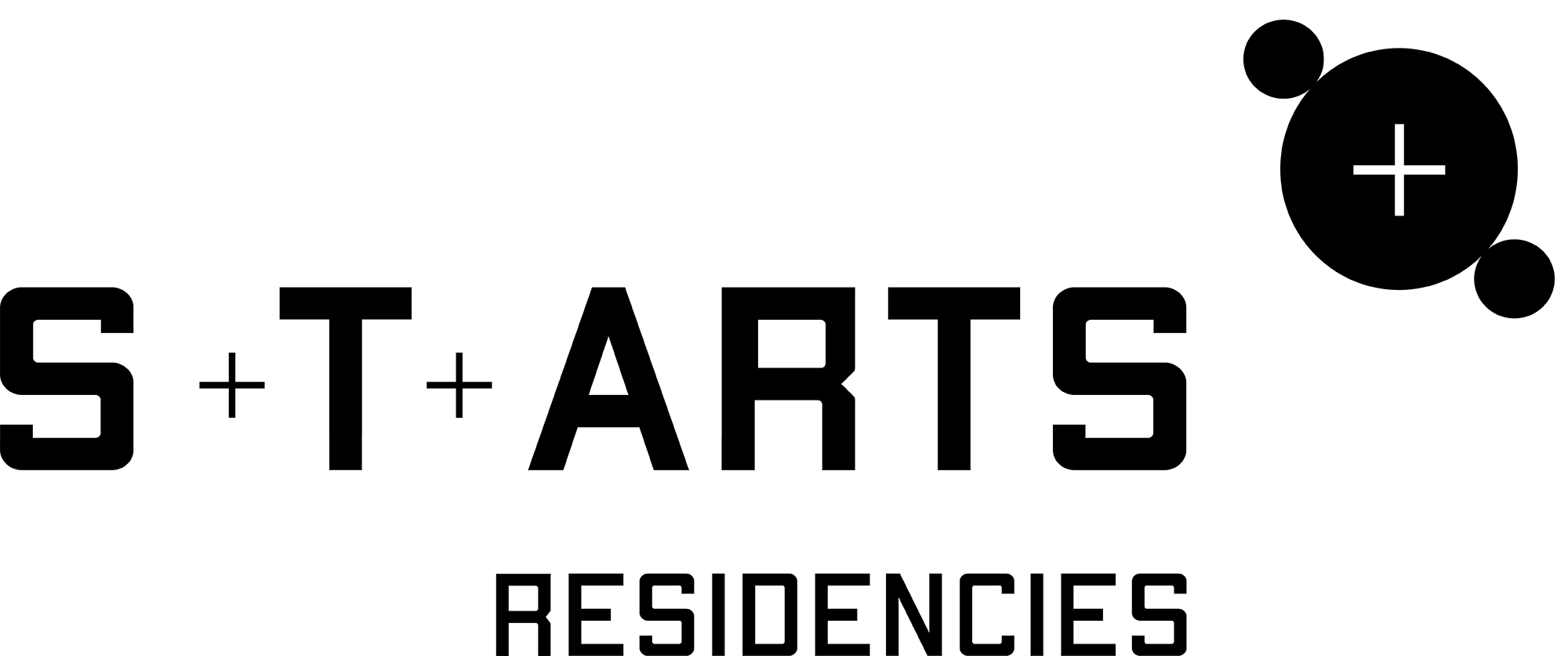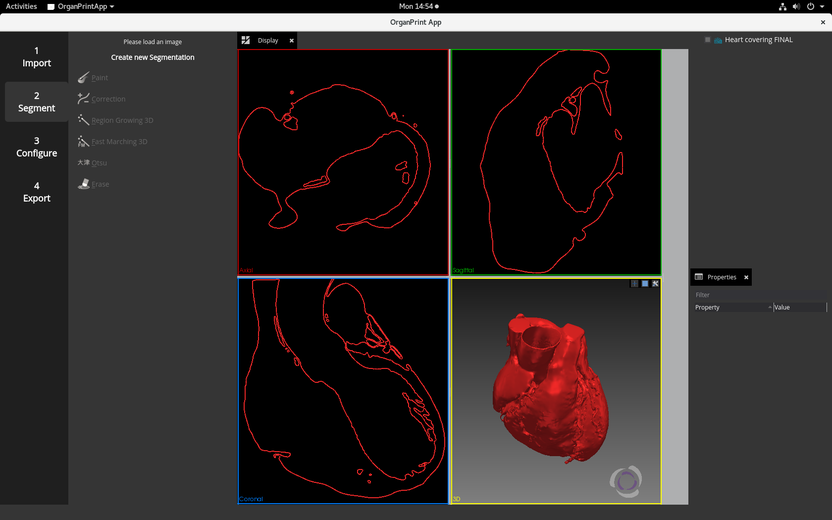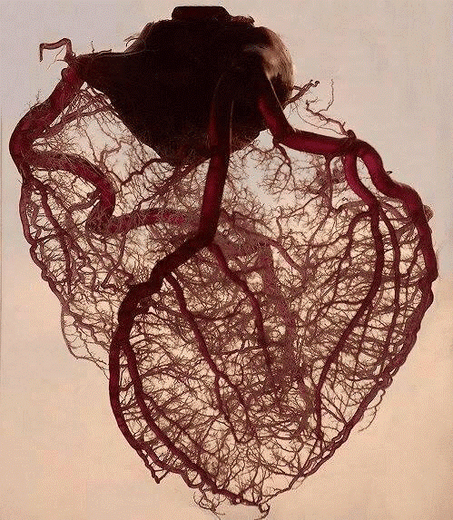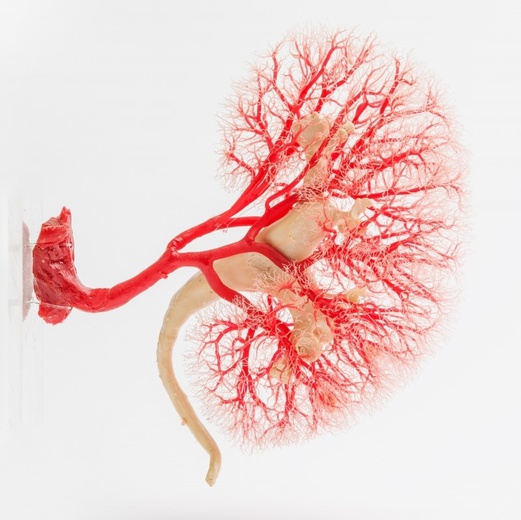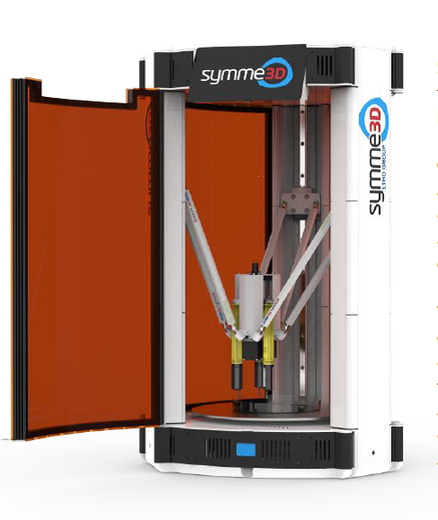Tech Project
Description of the challenges faced by the Tech Project
3D printer with multi-material function will be available, as well as modelling software tools. Some components are still being developed, but if necessary it is possible to print externally. The easy interaction between the virtual, physical object and the user itself are challenges that often inspire futuristic concepts that culminate with a public presentation of an interactive artwork. We can also offer real-life simulation of blood flow dynamics through our partners. You will have access to all components already developed and additional modelling tools to create a unique experience that will materialize before your eyes.
Brief description of technology
We are developing a new 3D-printing system capable of creating artificial human pancreases. The vision is to allow physicians to recreate a functional organ for patients in need. However, in this project we develop only the base technology to advance this vision further and supply components for continued research and scientific advancement in this field. How does it work? The surgeon operates on a patient to remove partly or totally the pancreas, and during this process collects the beta cells that are responsible for insulin production. These cells are cultivated into organoids (small group of functional cells) that than then be assembled into a new pancreas. Our software models the organ volume, the vascularization needed and the amount of organoids needed to produce enough insulin for the given patient. Our partner has a 3D bioprinter with integrated incubator that will then assemble the organ for implantation. The advantages? This technology is doing baby steps, and will allow continued research into its viability and safety for the patients, and we advance towards the goal to save the lives of patients waiting for organ transplants. Elements available are different materials for 3D printing (excluding biological materials) and modelling software.
What the project is looking to gain from the collaboration and what kind of artist would be suitable
The vascularization tree of an organ is a beautiful 3D structure that offers many possibilities for fluid dynamics and organic representations. We can 3D-print such structures and walk through them or filled them with fluids and make organic simulations. For example, a fluid simulation can be coupled to a pump that allows visualization of how such dynamics take place (eg. transparent silicones and coloured fluids). How the artist sees, feels and imagines these structures to be presented together with other 3D printed objects is completely open. We can support the work through modelling software and 3D printing of the objects with different materials made for people to touch and interact with. Making the artwork interactive with the public, involving the spectator in an engaging way brings new perspectives to both artists and developers. And through the appropriate story-telling we make synergetic representations of art and science.
Resources available to the artist
You will be in Heidelberg office with access to all the necessary tools for your work. The 3D printer of this project is dedicated for handling biological material, and will not be available. However, you can access other printers used for inert materials of different hardness and properties. You will be directly in touch with the development team, contributing for the project progress, and learning about the organ printing science. Traveling costs will be supported. We believe public presentations of artistic results encourage understanding of the science and underlying technology and will trigger the audience’s imagination for a better future.
